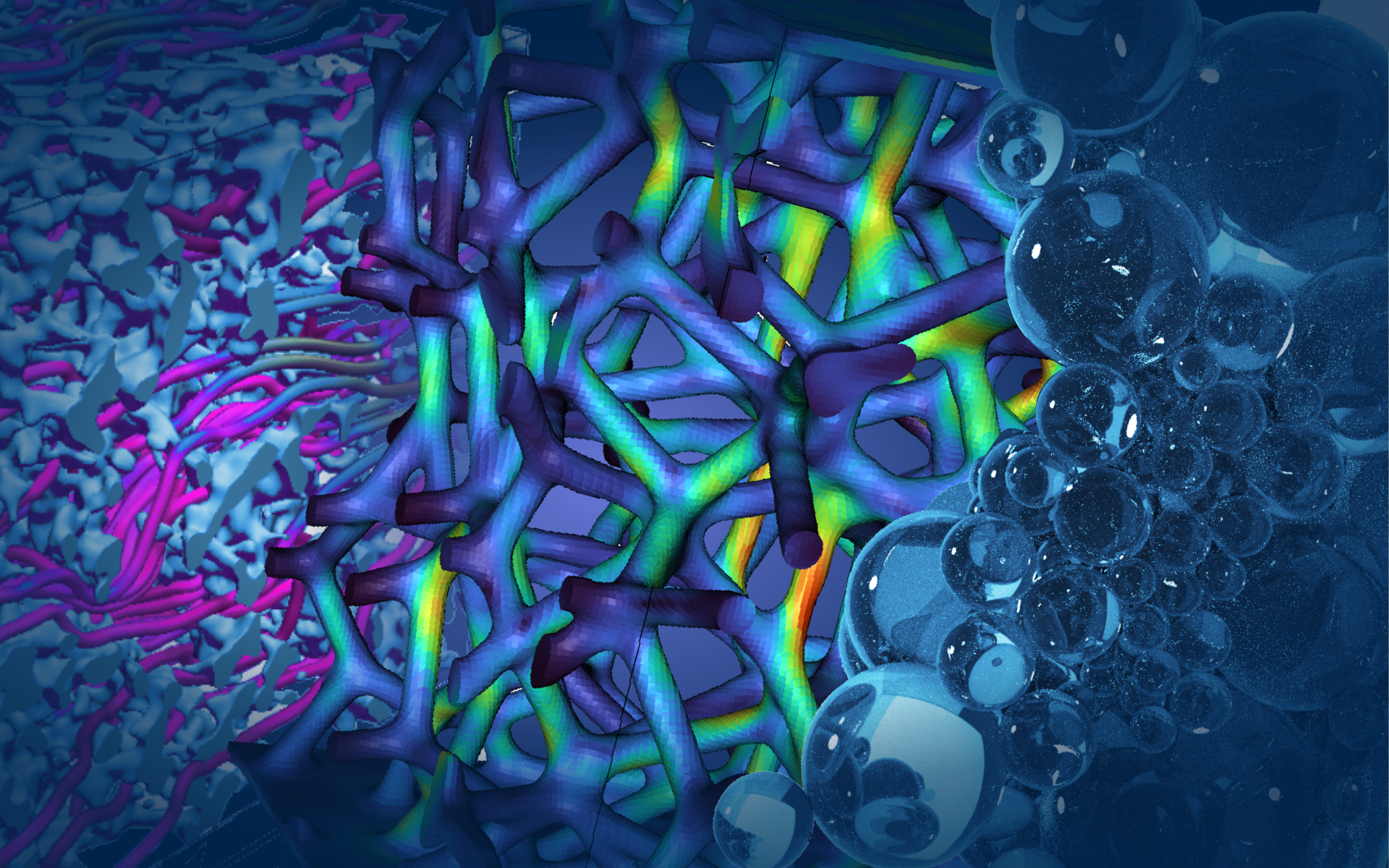WirLebenSOFC
Project description
In order to increase the service life of solid oxide fuel cells, it is necessary to deepen the understanding of the degradation-effect relationships over the service life by means of experimental investigations and simulations. In the WirLebenSOFC project, the impedance-based ageing models from previous projects (SOFC degradation, KerSOLife100) are to be further developed and applied to Ni/CGO anodes in metal-supported cells. On the one hand, CGO has inherent ionic and electronic conductivities under reduced conditions, which indicates improved electrochemical performance, on the other hand, the degradation mechanism of Ni/CGO is more complex than that of Ni/YSZ. In the WirLebenSOFC project, the aged anode microstructure of a SOFC fuel cell will be theoretically predicted and determined by phase-field modeling. The phase-field modeling will be extended to treat interfacial processes in the Ni/CGO system and thus to predict microstructural aging. In this context, large-scale 3D phase-field simulations are performed over the entire service life and validated by experimental investigations. A fast and efficient solver for the phase-field method is required to perform these large-scale simulation studies of the microstructural ageing processes. For this purpose, various optimization approaches are implemented, using high-performance hardware. Subsequently, several simulations are made, which are supplemented by Machine Learning methods. A final comparison with experimental data will provide clues for the microstructural optimization of the cell and thus make an important contribution to the optimization of the overall cell.
